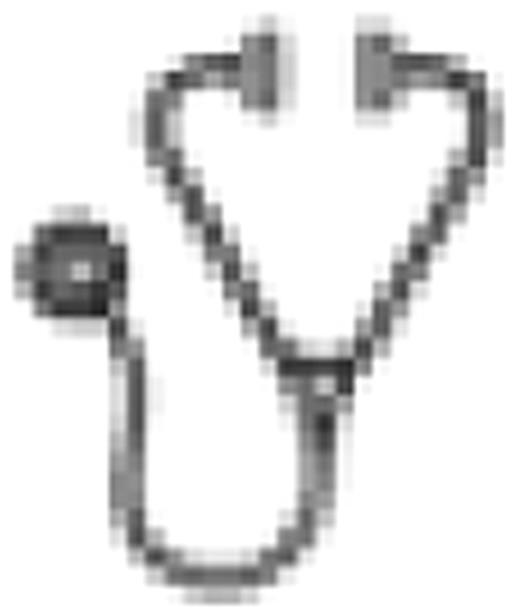Abstract
Abstract 1826
Iron overload is common in recipients of allogeneic hematopoietic cell transplantation (HCT) and may contribute to treatment-related morbidity and mortality. Nevertheless, data on the safety and efficacy of the oral iron chelator deferasirox in the post-HCT setting are limited. Furthermore, it is known that deferasirox might decrease the serum concentration of CYP3A4 substrates. Cyclosporin, the calcineurin inhibitor required by many patients as an immunosuppressant agent post-HCT is extensively metabolized in the liver via CYP3A4. So a deferasirox-cyclosporin interaction might be of clinical relevance. This potential interaction was addressed in an ongoing, single-arm, open-label, multicenter trial in Germany evaluating the efficacy of deferasirox over 52 weeks to treat transfusional iron overload as measured by serum ferritin ≥ 1000 ng/mL in 75 adult patients 3–12 months after allogeneic HCT irrespective of the underlying hematological diagnosis and conditioning regimen. For the first 20 caucasian patients on cyclosporin [16 males, 4 females; median age 58 (range 20–69) years] included in the study, trough serum cyclosporin level (TSCL) was measured prior to deferasirox administration, then thrice weekly for the first 4 weeks. Two further measurements at two weeks interval in the subsequent 4 weeks as long as cyclosporin was prescribed were also included in the 8 weeks observational period under consideration. Tapering of cyclosporin was allowed as deemed appropriate by the treating clinician. The starting dose of deferasirox was 10 mg/kg body weight (BW)/day with dose escalation to 15 mg/kg BW/day after 2 weeks. If well tolerated, the final daily dose of 20 mg/kg BW/day was initiated after 4 weeks of treatment. Study drug was administered 30 minutes prior to lunch. Median time interval from HCT to study entry was 5.5 (range 4.5–12) months. Median serum ferritin and transferring saturation were 2319 (range 1034–9310) ng/ml and 46.4% respectively. The patients received a median of 35 (range 22–126) units of packed red blood cells. Patients were treated with deferasirox at a median dose of 1000 (range 375–1750) mg/day over the 8 weeks period under consideration. Overall, 232 TSCL measurements were performed. TSCL in the observational period with a median of 69 (range 10–294) ng/ml was similar to the TSCL prior to deferasirox administration [median of 68 (range 10–181) ng/ml]. More importantly and irrespective of the dose of deferasirox applied (10, 15, or 20 mg/kg BW/day), no clinically significant alterations in TSCL could be found over time with a median of 84 (range 22–187.5) ng/ml in the first two weeks, 72 (range 10–215) ng/ml in the third and fourth treatment weeks, and 60 (range 10–150) ng/ml in the subsequent four weeks. Similarly, stable median TSCL per patient were measured over time irrespective of both the height of the TSCL considered by the physician adequate per patient as well as the dose of deferasirox used. No superfluous cyclosporin dose adjustments to maintain the desired TSCL were needed. So in all subsequent patients eligible for the study and still on cyclosporin, TSCL was required to be monitored once instead of thrice weekly in the first four weeks on deferasirox. In conclusion, our data demonstrate clearly that maintaining an adequate TSCL in transplanted patients is not complicated by the concomitant treatment with deferasirox. Nevertheless, regular monitoring of TSCL is recommended as a possible drug-drug interaction can not be excluded.
Al-Ali:Novartis: Consultancy, Honoraria. Nass:Novartis: Employment. Bug:Novartis: Consultancy, Honoraria. Platzbecker:Novartis: Honoraria. Niederwieser:Bristol-Myers Squibb: Speakers Bureau; Novartis: Speakers Bureau.

This icon denotes an abstract that is clinically relevant.
Author notes
Asterisk with author names denotes non-ASH members.

This feature is available to Subscribers Only
Sign In or Create an Account Close Modal